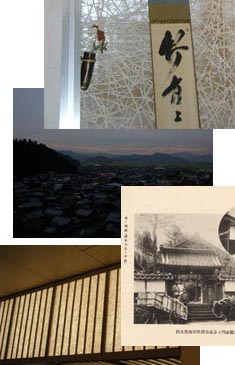- Portfolio
- About Us
- Who We Are
- What We Do
- What We Use
- The Collection
- NEWS
- Links
- Subscribe to Our Newsletter
- Contact Us
- Email Us


 Washi, architectural parchment, brings ethereal beauty to any setting. Washi is made from a sustainable harvested inner white bark fiber. Instead of cutting tree in western method, these plant can be harvested repeatedly every year.
Washi, architectural parchment, brings ethereal beauty to any setting. Washi is made from a sustainable harvested inner white bark fiber. Instead of cutting tree in western method, these plant can be harvested repeatedly every year.
History
The art of papermaking was brought to Japan by Buddhist monks in the year 610 AD. By the late 1800’s, more than 100,000 families were hand crafting paper in Japan. Japanese start using not only writing on drawing paper for interior, exterior and products such as shoji screens, fusuma doors, lamps, clothing, umbrellas, fans, and others. Japanese house was made by wood and paper for centuries. With the introduction of the European paper-making machinery, the number of families crafting paper gradually declined. By 1983, only 479 of them continued this practice. The remaining families worked diligently to preserve their respected craft.
Process <Pictorial Description (887KB)![]() >
>
Washi is made from the elongated fibers of a variety of plants. The mulberry plant is the primary plant used. The fibers are stripped, cleaned, pounded and stretched. They are then mixed in a solution made from tororo-aoi, a variety of sticky mountain potatoes. The mixture is spread thinly and evenly across bamboo screens, where it is then left to dry. The resulting paper is both durable and beautiful.
<Washi Making Process Movie (WMV 4.51MB)>
Kobo (Studio) in Japan & New York City
The artisans have been making washi for over 500 years. Today, they make washi using the same techniques and expertise that made it the emperor’s favorite so long ago. In NYC, a design studio uses these traditional techniques and enhances them to create smaller projects.